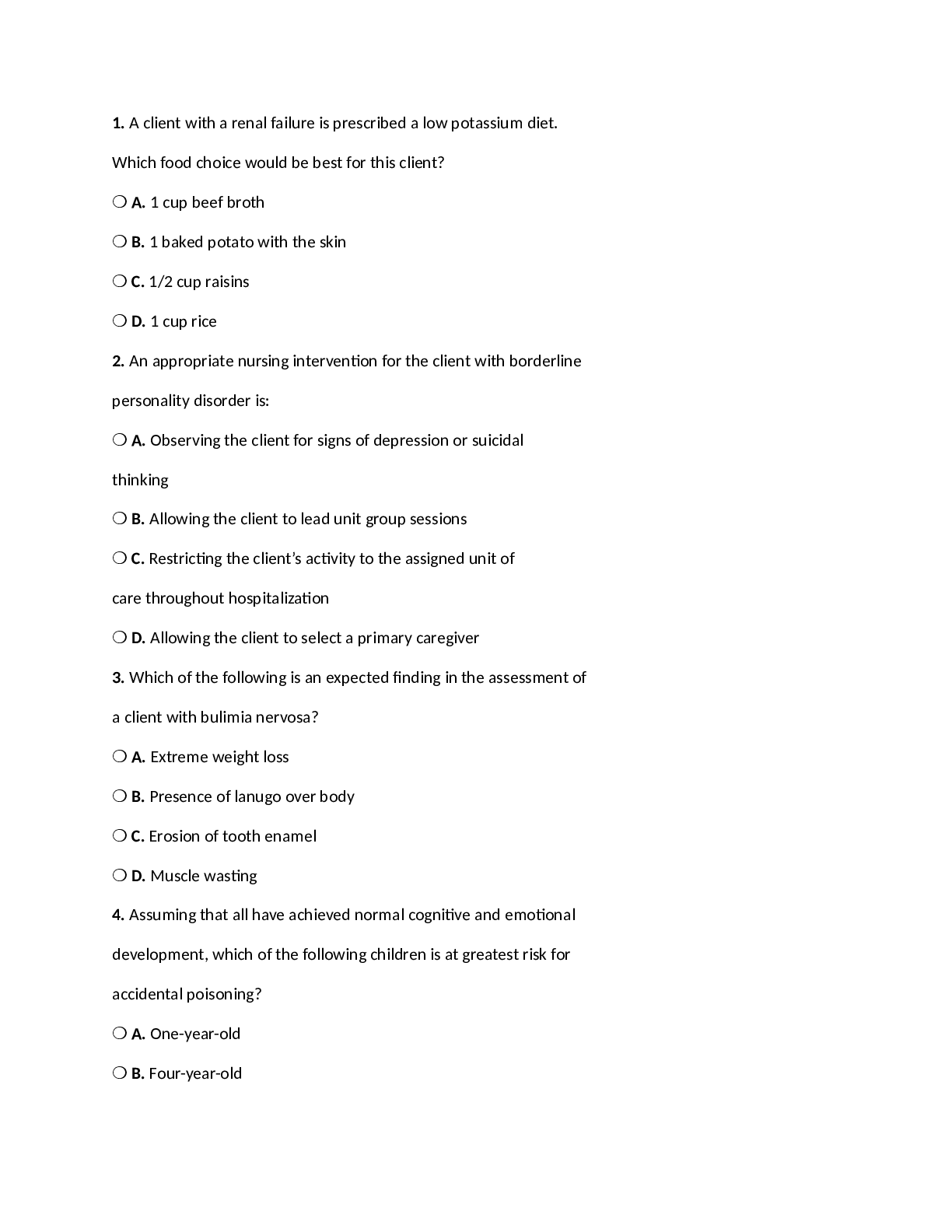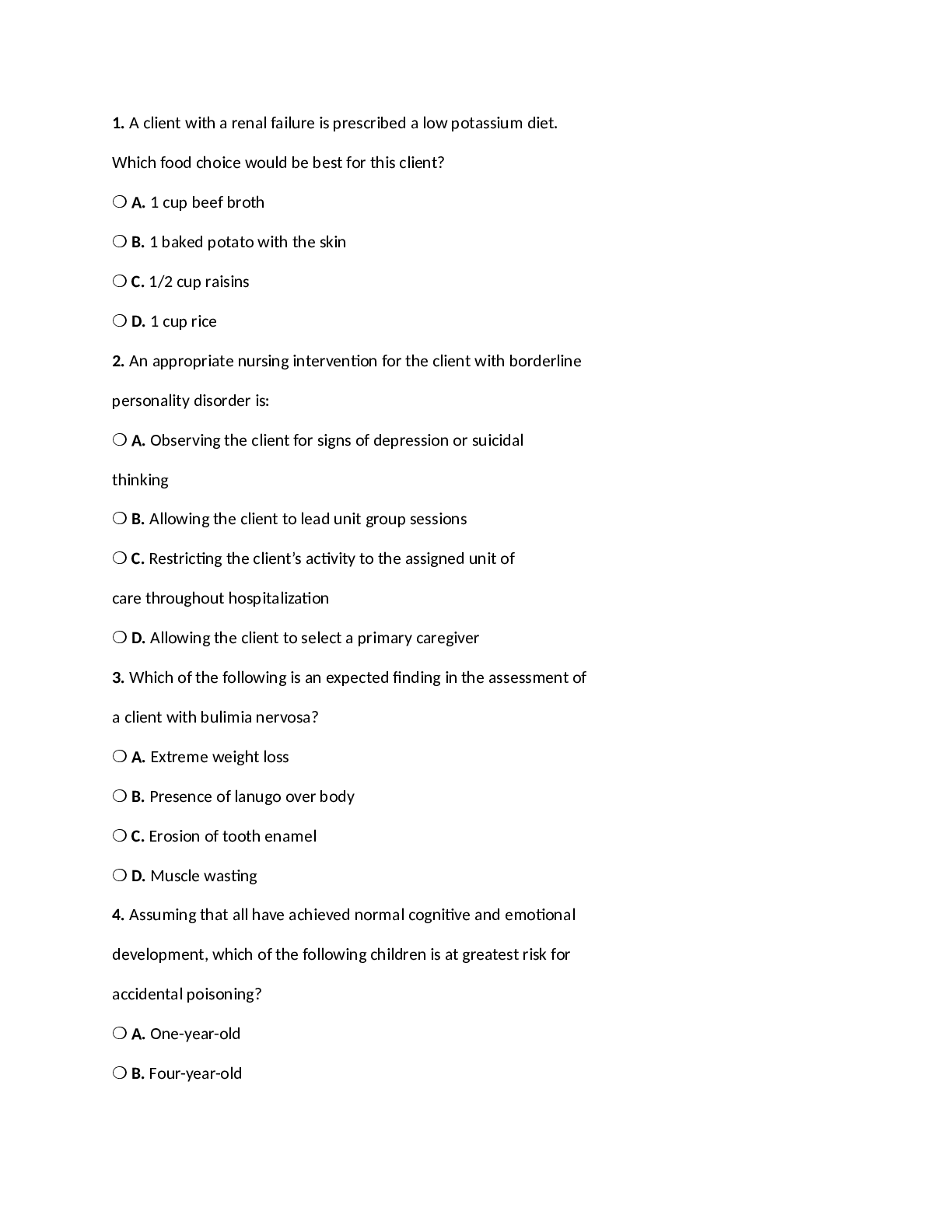RENR questions. and answers (all correct)
Course
Project Management
Subject
Chemistry
Category
Questions and Answers
Pages
146
Uploaded By
ATIPROS
Preview 5 out of 146 Pages


Download all 146 pages for $ 7.74
Reviews (0)
$7.74
